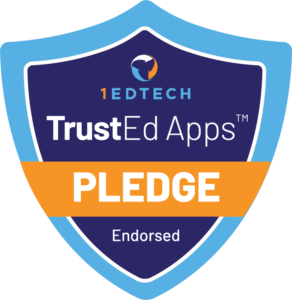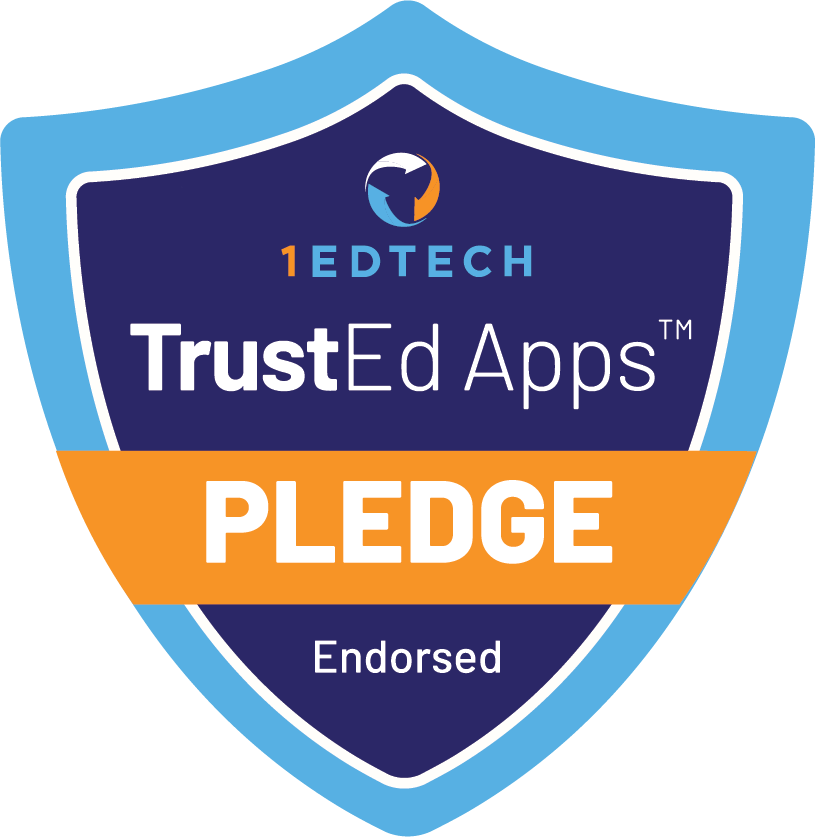Building strong partnerships with local employers is essential for the success of any Work-Based Learning (WBL) program. By understanding employer needs, aligning student interests with industry demands, and creating formal agreements, schools can develop meaningful and lasting collaborations that provide valuable career experiences for students. Engaging industry experts and ensuring ongoing communication with employers helps build a sustainable program that benefits students, employers, and the broader community. Through strategic partnership-building, WBL programs can create pathways to career readiness and workforce development, enriching the educational experience for all involved.






